From Belly Dance Combos to Choreography: An Exercise in "Phrase-Fitting"
I got a very interesting question from a DBQ subscriber recently. She asked how to turn the combos she’s learned into a choreography without it looking like just a bunch of combos. Well, that’s a complicated one – and there are many ways to use combos as stepping stones to build a choreography. For many first time choreographers this may be feel more approachable. It’s not the ideal way to generate choreography in my opinion, but if it gets you out of the starting blocks – go for it.
The main problem with using belly dance combos to build a choreography is that unless they happen to match the music perfectly by chance, they just look like steps done in time to the beat, but not necessarily connected to the music. It is the element of “musicality” that is the ethereal binder that sculpts, stretches and folds the movement into just the right shape and tempo to highlight the beauty and flow of the melody, or emphasize an accent.
If you are new to creating dances instead of learning finished ones from your instructors, that can be really intimidating. This is where playing with a “known object” like a combo and dabbling in adaptations can be a useful learning step. Let’s try it out:
A “Phrase-Fitting” Exercise for Belly Dance Combos
- To start out, you will need a piece of music and 2 or 3 combos you know well. Figure out which part of the music you want to work with for this exercise. it could be the beginning or the chorus, or any section you want. Remember, we are not choreographing here – we are experimenting in adaptation.
- Count out the beats in the section you want to work with. In my experience, it’s best to stay under 32 counts for this. This section may contain more than one “phrase.” A musical phrase is akin to a sentence in a conversation. You can usually get a sense for this by where you would stop to take a breath if you hummed the melody. Get a read on the relative energy level. Is it subtle, medium, very up tempo? This will guide which combo you choose to start with. Soft, stationary movement combos are better suited to subtle music. Combos with lots of travelling, spinning or fast isolations will better fit more energetic sections.
- How many counts are in the combo you chose? Do the math, figure out if you will need to add somewhere or take something out to fit the music you selected. You don’t need to decide what or when right now, but know how much of a difference there is.
- Take it for a test drive. Note what feels like like a good fit and what doesn’t. Was there something unique in the music that needs to be acknowledged? A swoop of the violin melody or a bold roll on the tabla? Is there an element in your existing combo that could work for that such as an undulation for the violin line or a shimmy for the drum roll? Great! This is where the fun starts! You can try two things here: relocate the movement that matches the music to a different part of the combo (you might have to tweak footwork or other transitions to make it work) or decide to extend or shorten the length of other steps to make these 2 match up in the count. This is where knowing the count difference between your combo and your music selection comes in handy.
- If you have a strong musical feature, but nothing in your combo to support it, you’ll want to choose a move that illustrates the sound well and add it in. Now run the combo again with this first level of changes. What’s going on before and after that focal point are yet to be addressed, but decide if you’re satisfied with the first pairing.
- Now listen for another nuance in the music, perhaps a note held longer than the others near it, or a texture change – for example the vibratory sound of an oud or a fast-bowed violin. Can the existing step that happens there be altered to catch that feel? For example, if you are travelling with a grapvine and a long notes occurs, take a slower step and add a nice arm, ripple of the body or hip to keep connected sonically. A shimmy layered onto just about whatever you happen to be doing, will introduce a vibratory movement element to match the music of the moment. Continue picking out one thing at a time till you feel satisfied with your modifications.
This would be a very tedious way to create a whole choreography, but it is a good way to practice and strengthen your musicality skills – which is the point here. The more experience you gather in listening critically to your music and matching it to your movement vocabulary in small and approachable ways, the easier it will come to you. And with enough practice, and allowing your self to play and <gasp> make mistakes (which really aren’t) , you may one day find that you can do it on the fly and like it. And that is the ultimate in musicality – the joy of improvisation! For now, let’s start small.

